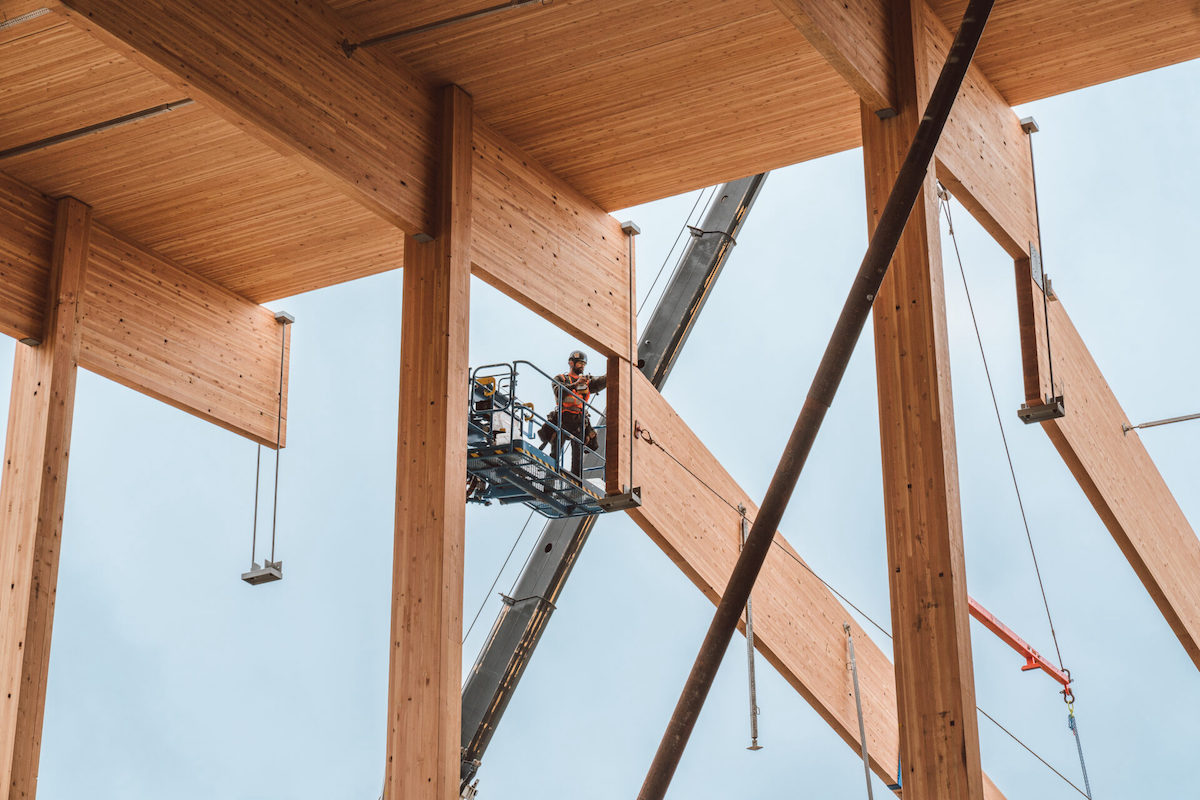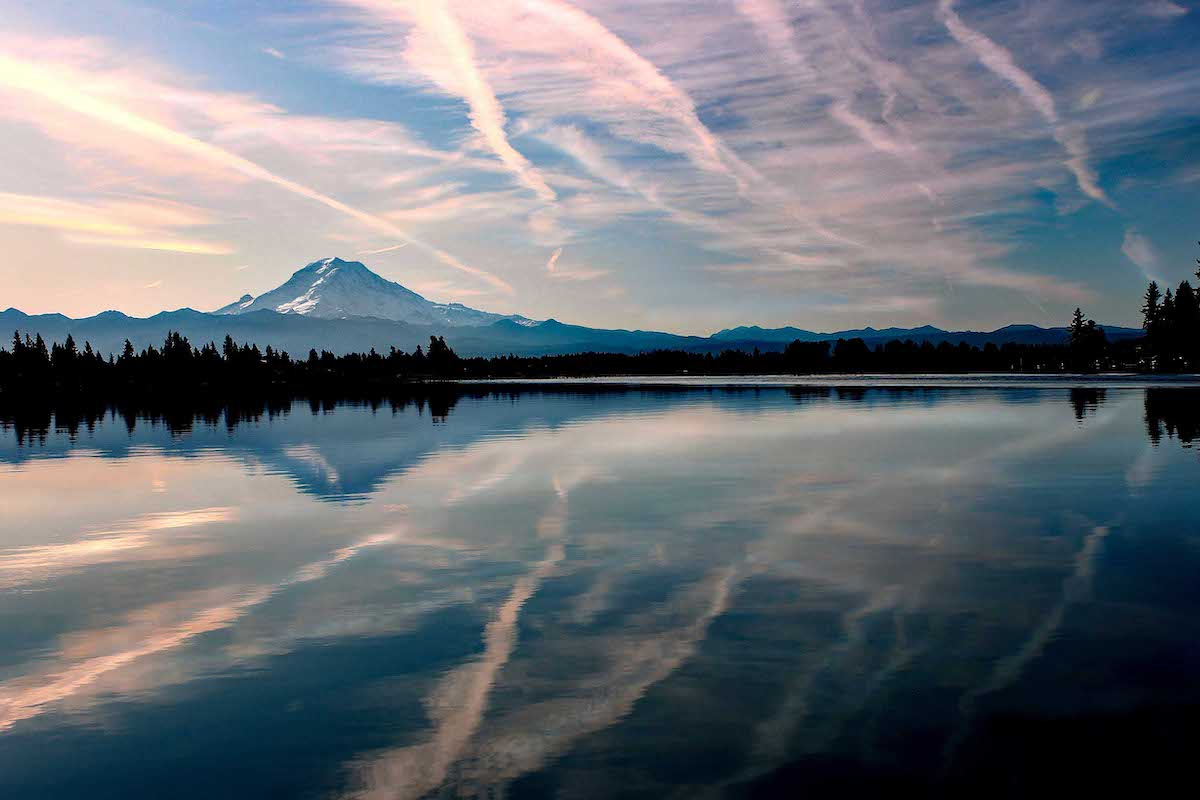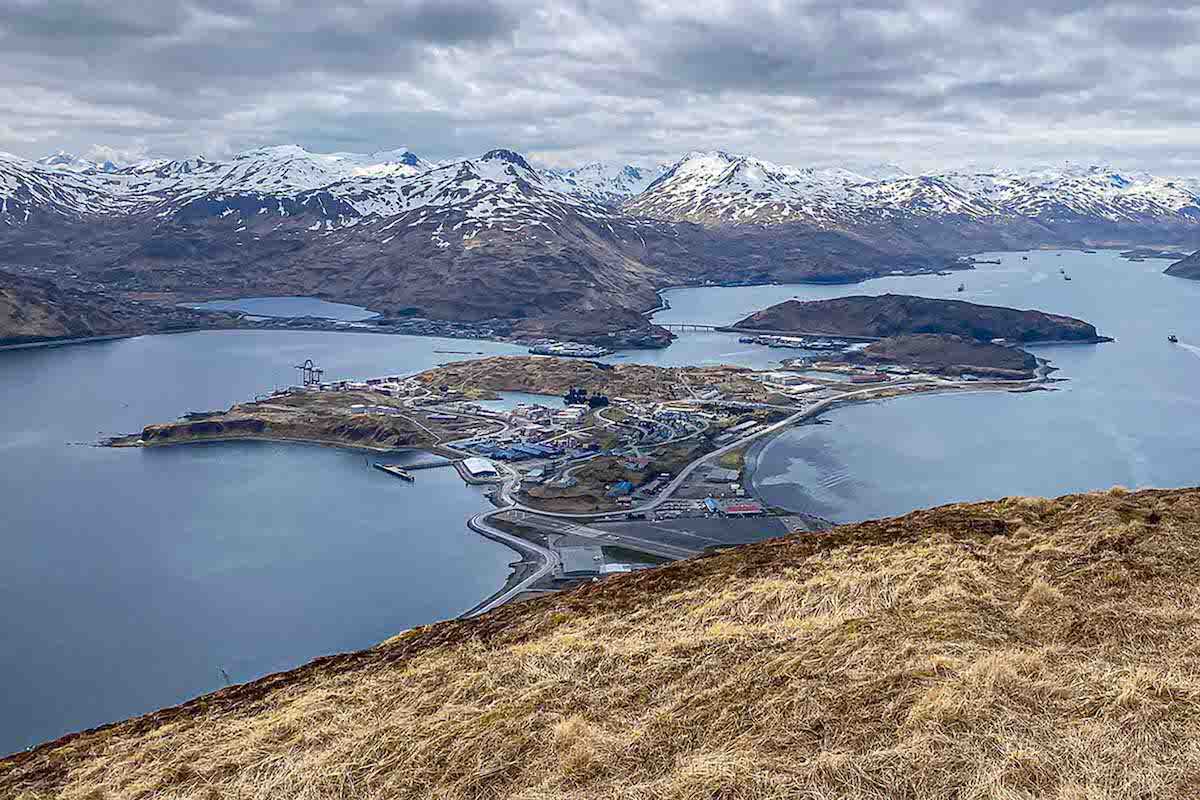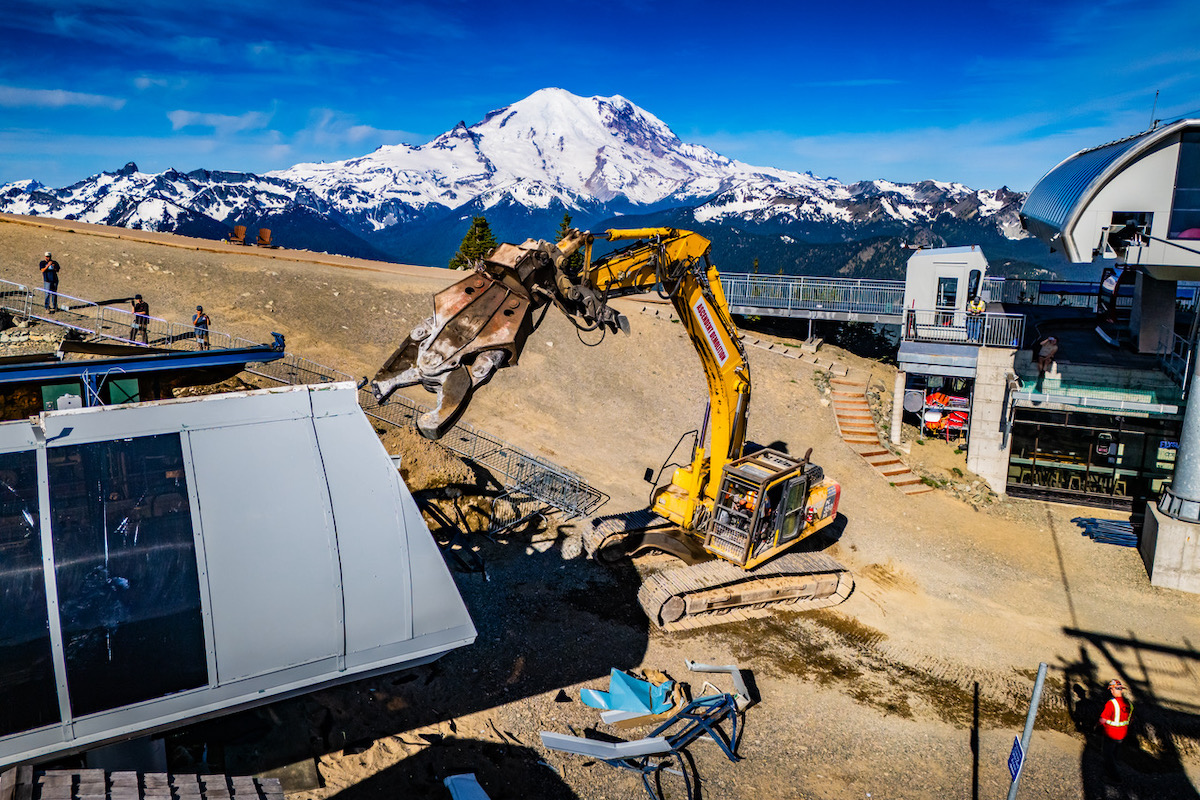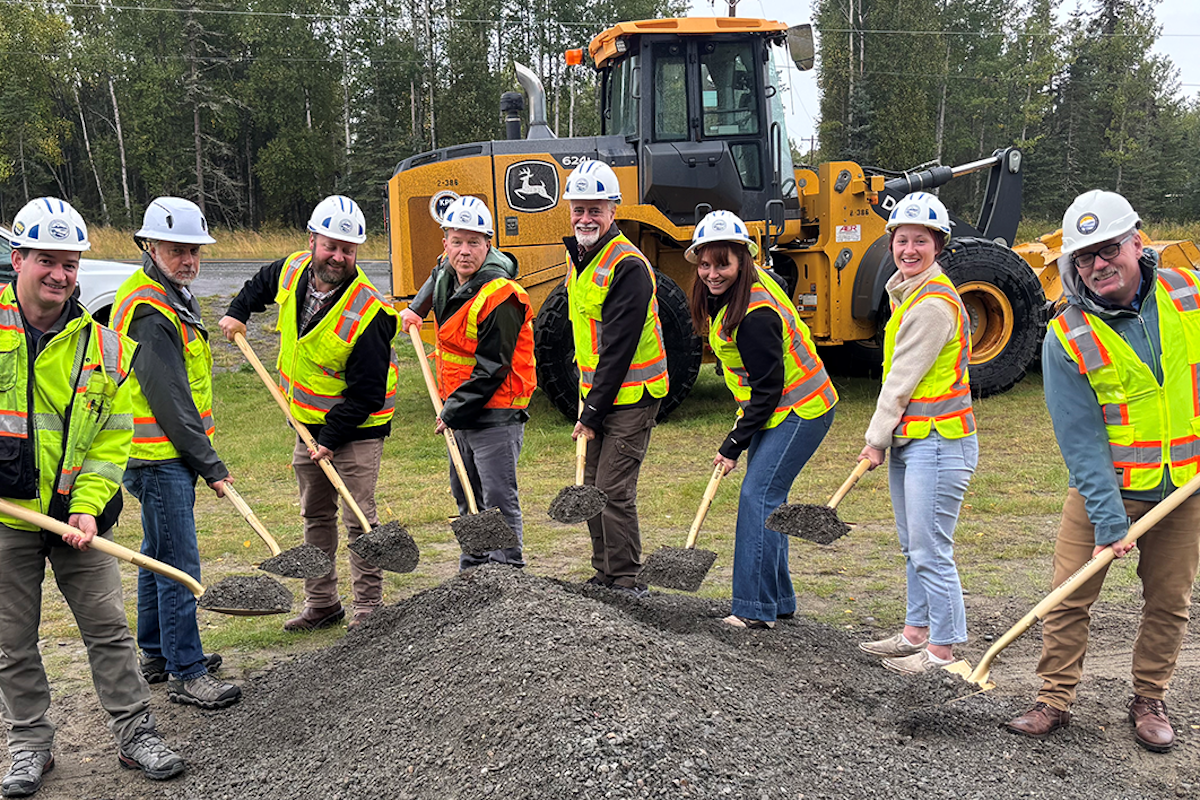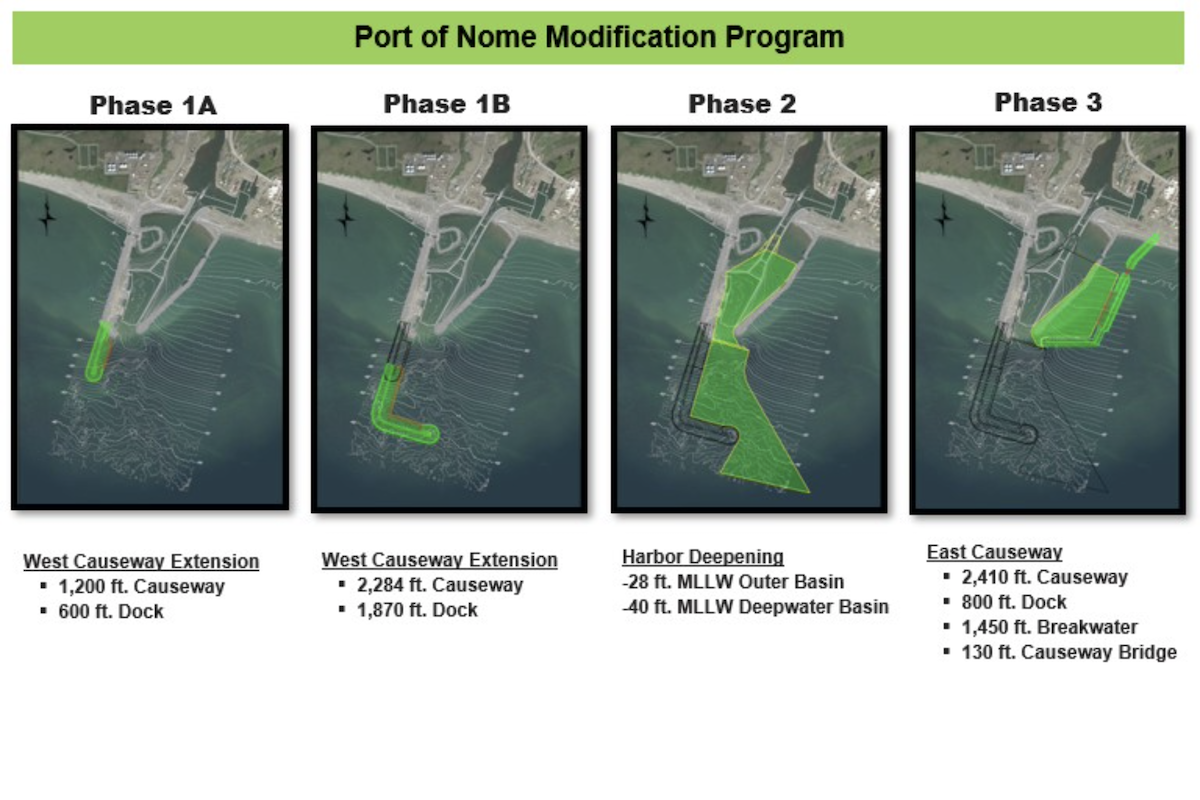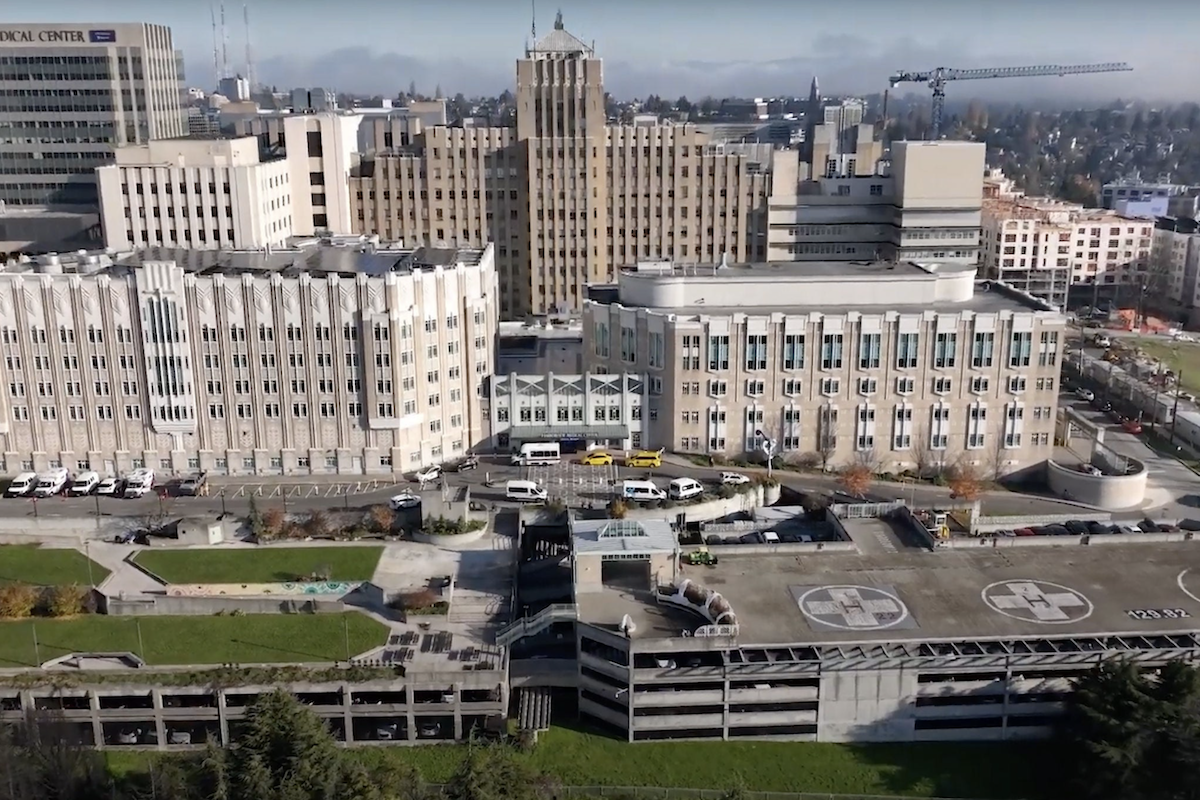SALEM, OR — The Oregon Section of the American Society of Civil Engineers (ASCE) releases the 2024 Report Card for Oregon’s Infrastructure. It includes 12 categories of infrastructure receiving an overall grade of C-, the same grade as the 2019 Report Card for Oregon’s Infrastructure. A C- grade means Oregon’s infrastructure is in fair condition and requires attention.
Seven of the 12 categories evaluated in the Oregon Report Card received grades higher than the National Report Card. Two categories (energy and wastewater) received the same grade as their national counterparts, while two other categories (bridges and ports) have a grade lower than the national average. Oregon’s schools received an incomplete grade due to a lack of current data on school conditions.
“Even though Oregon’s grade remained the same since the last Report Card, there have been positive steps forward to improve the resiliency of Oregon’s infrastructure and ensure those systems are capable of handling potential earthquakes, the consequences of climate change, and other hazards,” said Ana Tijerina Esquino, Chair of the 2024 Report Card for Oregon’s Infrastructure.
Oregon’s roads received a C grade, while bridges received a C-, both of which are a one-step grade decrease from the 2019 Report Card. The percentage of state highways in poor condition grew from 10 percent in the 2019 Report Card to 12 percent in the 2024 Report Card. During the same time, the number of roads in good condition decreased from 65 percent to 58 percent. Oregon has made some progress in reducing the number of bridges in poor condition from 5.2 percent to 4.8 percent. However, there is a growing number of bridges that have been downgraded from good to fair condition. Many bridges in Oregon are also close to or exceeding their design life, with 53 percent of bridges in the state more than 50 years old.
Oregon’s drinking water grade increased from a C- to a C in the 2024 Report Card. More than 99 percent of the state’s drinking water systems meet standards for safe drinking water set by the Environmental Protection Agency (EPA). However, more than 400,000 Oregonians rely on private water sources like wells, which are largely unregulated. As water systems prepare for a new rule that requires the removal of lead service lines, the EPA estimates Oregon has approximately 3,350 lead water service lines, which is 0.04 percent of all lines in the state. However, other parts of the state’s water infrastructure are much older and will need to be replaced or upgraded to meet current needs.

| Your local Bobcat dealer |
|---|
| Pape Material Handling |
The Oregon Report Card found that almost all infrastructure systems need improvements to their resilience to handle the effects of climate change and earthquakes. Much of the state’s infrastructure was built before modern seismic codes were adopted, which means those systems will likely see extensive damage should a large earthquake hit the state before retrofits are completed. Oregon’s dams received a D+ grade in part because nearly two-thirds of the state’s dams are more than 50 years old and are not built to withstand a strong earthquake or the stronger, more frequent flooding conditions communities are now experiencing.
Oregon’s energy infrastructure, which received a C- grade, also has resiliency needs that must be addressed to ensure it can withstand a seismic event. The Report Card found that much of the state’s energy distribution network would also suffer extensive damage from a large earthquake, which would lead to extended outages and a prolonged recovery. While state leaders have taken steps to improve the security and resilience of the state’s energy network by developing the Oregon Energy Security Plan, the improvements to ensure the reliability and redundancy of the energy network will require a large financial investment.













